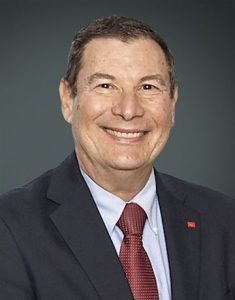Arthrex: Supreme Court Upholds PTAB Judges
After facing extreme uncertainty at the Federal Circuit, the Patent Trial and Appeal Board’s (“PTAB”) judges have avoided calamity as the Supreme Court upheld their appointment process as constitutional in Arthrex v. Smith & Nephew. In their final decision, the Court held that while their appointment was upheld, the review process for their decisions was not and remanded the case down to the acting USPTO Director for further consideration.
The case began in an inter partes review proceeding at the PTAB and was appealed to the Federal Circuit on the basis that the Administrative Patent Judges comprising the Board are principal officers, who need Presidential appointment with the advice and consent of the Senate. This was premised on the lack of review their decisions receive from the USPTO Director, who is a duly appointed principal officer. According to 35 U. S. C. §6(c), “only the Patent Trial and Appeal Board may grant rehearings”. By insolating the APJs from Director’s review, Arthrex argued that they were converted to principal officers and their appointment was unconstitutional.
At the Federal Circuit, the panel agreed. Because the review process vested the APJ’s with power that exceeded that of an inferior officer, their appointment by the U.S. Secretary of Commerce was insufficient to satisfy the constitutional requirement. To cure this, the Federal Circuit declared that the tenure provision of the APJ’s was unconstitutional. This allowed the USPTO Director to fire them at their discretion and imbued the Director with a form of review over their processes. By giving the Director this authority, the Federal Circuit believed the APJ’s were satisfactorily inferior officers and their appointment could be upheld.
After the denied en banc rehearing, the Supreme Court disagreed in a splintered decision by the Justices. The opinion of the Court was authored by Justice Roberts and joined for Parts I and II by Justices Gorsuch, Alito, Barrett, and Kavanaugh. The crux of the decision rests on the review process itself being unconstitutional and curing it by remanding the case to the Director for their constitutionally mandated authority to review. As the Court explains, the statute “is unenforceable as applied to the Director insofar as it prevents the Director from reviewing the decisions of the PTAB on his own. The Director may engage in such review and reach his own decision.”
By striking the limitation on the Director, the Supreme Court has upheld the validity of the PTAB and its proceedings and prevented what could have been an extreme period of uncertainty for patent owners with the review process in total flux.
If you have any questions or concerns about how this or any other recent news may affect your portfolio or interests, please reach out to one of our attorneys here.

